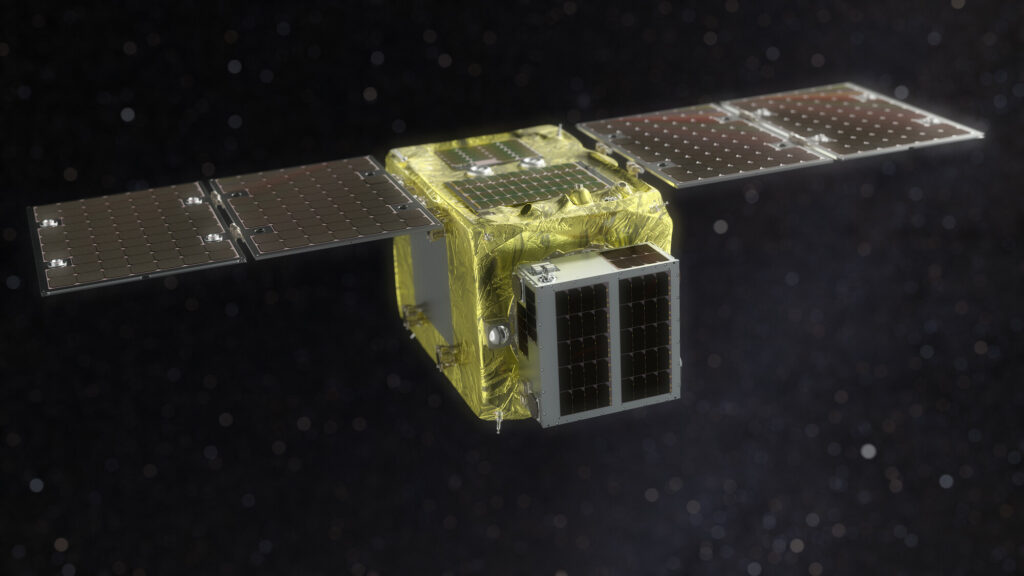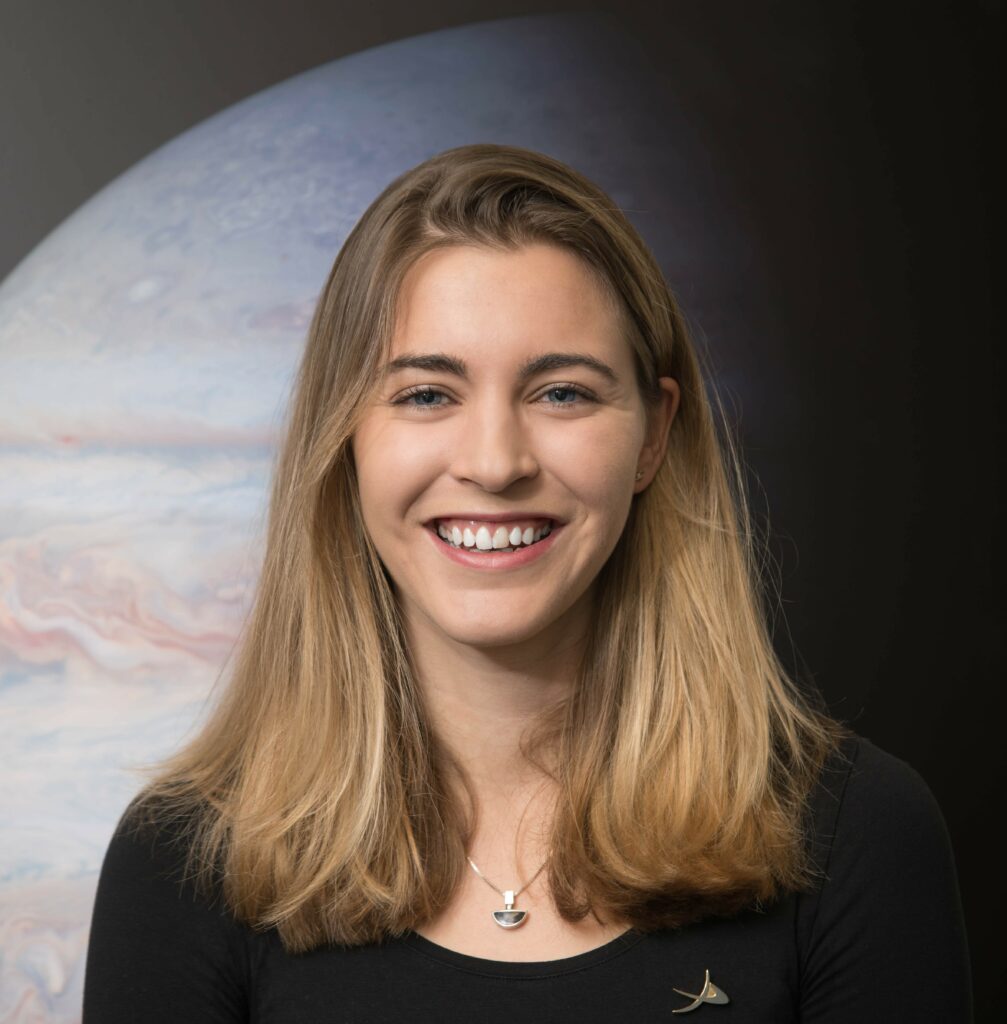10 minutes with… a space debris removal expert

In this series, Tech for Good gets a 10-minute glimpse into new technologies. This month we sit down with Harriet Brettle, Head of Business Analysis at Astroscale UK, to find out more about the problem of orbital debris, and how to secure space sustainability
TFG: Harriet, tell us why space debris is a problem, and why it has not been adequately addressed so far?
Harriet: The global economy is dependent on satellites, providing communications, navigation and Earth-observation services that support terrestrial industries ranging from finance to emergency services, energy to agriculture. A potential loss of satellite services could be immensely damaging to the global economy; the loss of global positioning services [GPS] alone is projected to cost $1 billion per day.
Space has been steadily getting busier and more congested since the growth in space exploration and satellite telecommunications. Orbital debris presents one of the highest risks to the International Space Station [ISS], which performs up to four debris avoidance manoeuvres a year. The European Space Agency estimates there are almost a million debris objects larger than 1cm in size that could cause catastrophic damage to the satellites that we rely on in everyday life.
TFG: What is Astroscale’s mission?
Harriet: Astroscale is the first private company with a vision to secure the safe and sustainable development of space for the benefit of future generations.
TFG: What technology will ELSA-d demonstrate?
Harriet: ELSA-d is the world’s first mission to demonstrate the core technologies necessary for debris docking and removal. We’ve launched two spacecraft into lower Earth orbit to test how we capture and release a client satellite in multiple different ways. The servicer satellite is the spacecraft capturing the piece of debris. It has been developed to safely remove debris objects from orbit, equipped with proximity rendezvous technologies and a magnetic docking mechanism. The client satellite is essentially the demonstration defunct satellite which we plan to capture using the servicer. After we have proven how to capture the satellite debris, we will then manoeuvre it to a safe location, beneath the ISS, before it eventually burns up on re-entry into the Earth’s atmosphere.

TFG: What will be the most challenging part of the ELSA-d demonstration?
Harriet: The mission will run over the course of approximately eight months and will be demonstrating that we can safely capture the client satellite under a number of increasingly challenging scenarios. The most challenging part will be when we try to capture the client whilst it is tumbling through space at speeds of more than 17,000mph.
TFG: What are the main changes that you want to see in regards to space legislation?
Harriet: We recognise that addressing the growing risk of space debris is a multi-faceted problem that will require consideration of technology, policy and business aspects. There are many changes that are needed for global policy to support a cleaner space environment, including reducing the number of years that satellite providers should be required to de-orbit their space junk. We’d like to see the de-orbiting process drop down from 25 years to well below 10 years. We also need bolder steps in mission licencing to incentivise providers to integrate debris removal into the life cycle of all satellites. Finally, we want all new spacecraft to be prepared for future servicing, through incorporating docking plates before launch that allow satellites to be removed from orbit if needed.
TFG: Half of the satellites currently in orbit are privately operated. How important is it for governments and businesses to collaborate to address the problem of space debris?
Harriet: It is very important! Space debris poses a direct threat to the future of space activity, leading to higher risks, increased costs and potentially unusable orbits. This is an issue that affects all space actors, as well as our way of life on Earth. As space becomes busier and critical orbits become crowded, there is a pressing need to remove debris from orbit and return the space environment to its natural state. Collaboration between all space actors is needed to adopt sustainable practices and develop innovative technologies for debris removal.
TFG: What can you tell me about Astroscale’s collaboration with OneWeb?
Harriet: Responsible space actors such as OneWeb are leading the way in committing to docking interfaces on all current and future satellites. All new OneWeb satellites will include a docking plate that is compatible with our satellite servicer, this means that when they reach the end of their useful life, they’re ready to be removed from harm’s way if required.
TFG: What’s in store for Astroscale over the next few years?
Harriet: We hope to launch a commercial debris removal service by the mid-2020s that will be capable of removing multiple pieces of debris in a single mission, thus reducing the cost of launch and overall service provision. We’re also inspecting a piece of real debris in partnership with JAXA [Japan Aerospace Exploration Agency] in the next two to three years; the inspection will look at an upper stage rocket that requires removal as part of a future joint mission.



